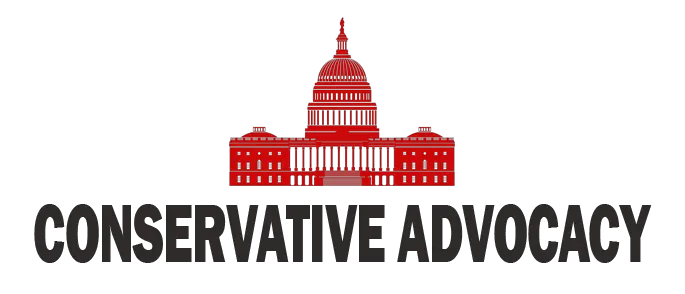When a shipment of taxpayer-funded goodies shows up in a foreign disaster zone, it often comes adorned with a lovely stamp proclaiming ‘USAID.’ For many Americans, the U.S. Agency for International Development might feel like a bureaucratic black hole, but overseas, it is touting itself as a beacon of American goodwill. It’s almost poetic if it weren’t funded by hard-working Americans who may not be too thrilled about their tax dollars flying around the globe.
Former President Trump has thrown quite the curveball into USAID’s future, questioning its current direction and implying that the agency’s leadership has been hijacked by “radical left lunatics.” One has to wonder whether these so-called lunatics learned their strategies from a comic book villain whose goal is to redistribute wealth—often to places where it might end up in the wrong hands. Need evidence? Just take a gander at the stories of aid winding up in the pockets of less-than-savory characters.
Founded by John F. Kennedy in 1961, USAID had noble beginnings rooted in helping Europe rise from the ashes of World War II via the Marshall Plan. Originally focused on providing technical and capital assistance, the agency appears to have taken a scenic route since the 1970s. Instead of investing in economic growth, it has shifted gears toward what can only be described as “basic human needs.” Now, that sounds nice on the surface, but how many times do tax dollars need to be redirected before Americans realize they’re getting fleeced?
When an American taxpayer-funded cartload of medicine and food arrives in some disaster zone across the globe, it will usually have USAID stamped on every package. https://t.co/QsyaeX7qh0
— The Washington Times (@WashTimes) February 3, 2025
Critics, including Trump, argue that the agency is a prime example of wasteful expenditure and that it’s not uncommon for taxpayer-funded aid to find its way into the hands of terrorists. This might feel like a far-fetched conspiracy theory if it weren’t for the troubling headlines about taxpayer-funded goodies fueling bad actors in notoriously unstable regions. With the taxpayer’s purse open wider than the Grand Canyon, one can’t help but think the agency’s focus might have drifted a bit too far from its intended course.
For fiscal year 2023, USAID had a budget of around $43 billion—certainly no small change, especially when it only represents a sliver of the entire federal budget. Most of that windfall ended up in Ukraine to help it fight off Russia, with over $16 billion funneled into governance-related assistance. Ethiopia, Jordan, and Somalia also snagged hefty donations. With nearly 10,000 employees, and two-thirds of them stationed abroad, one must ponder whether Americans should really be footing the bill for these international escapades, especially when they barely see a return on their investment. Balancing domestic needs against foreign aid should always be a priority, and yet the pendulum seems to swing a little too far toward overseas expenditures.




